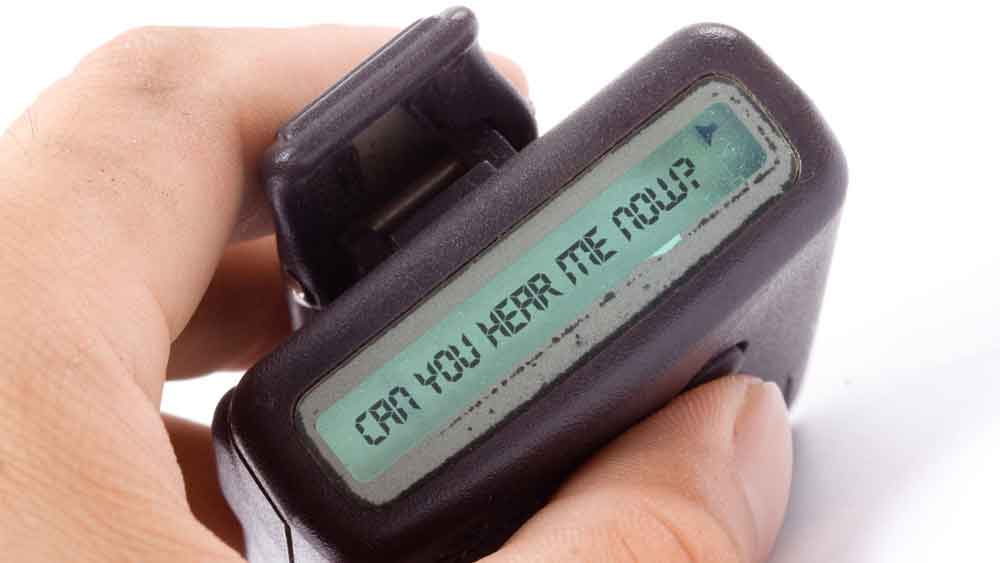Pulsara Around the World - 2025 Recap and January 2026
December Recap After an incredibly busy events year with 102 conferences, trade shows, and sponsorships, December was on the slower side for us, with...
2 min read
 Team Pulsara
:
Oct 06, 2017
Team Pulsara
:
Oct 06, 2017

EDITOR'S NOTE: Special thanks to Shane Elmore for writing today's blog post. Shane served as Pulsara's Vice President for Clinical Innovation and Development from 2013-2022. You can connect with him on LinkedIn.
—
I've written on this topic before, but I heard a story a few days ago that made it worth revisiting. The following is an all-too-familiar scenario to anyone still trying to use outdated systems of patched-together technology to coordinate critical care.
The nurse in the Emergency Department at a level II Trauma Center was receiving report from EMS. To be honest, I don't know if this was a telephone called report, or one given over the radio. At the end of the day, the point is that the information shared by EMS wasn't received by the ED due to a poor connection. The nurse heard wrist injury, with a list of other seemingly minor injuries. Though there was a period that the connection was abysmal, she thought she captured all the information.
When EMS arrived, they were told to go to room 10 which isn't one of the major trauma rooms. When the nurse walked into the room to take report "again," the medic vented his frustration about the Trauma Team not being present. Upon taking the bedside report, the nurse realized that during that poor connection, the MOA was high-speed roll-over with partial ejection.
Oops ... Just like that, a level II prehospital activation was missed. Luckily, the patient ended up surviving, but this could have had devastating consequences.
All EMS agencies must have a reliable means of communicating with each facility’s ED. I can't make the argument that phones and radios are never reliable, but I can definitely make the argument that they aren't always the most reliable method. In this situation, they could have cost a life. In fact, all of the nurses at this particular facility admitted that it's typical to have information in report that they can't understand or that was missing altogether.
With all the changes that the technological age has ushered in, newer and more reliable tools are available. But I don't need to tell you this; we use them every single day, in every other setting except healthcare.
Think about it like this: We've been using two-way radios since 1923. The first pager came out in 1949. The first telephone was invented in 1876; Alexander Graham Bell would be so proud. The first mobile phone came on to the scene in 1973 and who can forget the fax machine 1843? What other technology do you rely on every day that was invented in the 1800s?
By now, many health systems throughout the country have replaced the ole two-way radio report with electronic prehospital notification via Pulsara. Because when all of the information can be quickly and accurately relayed to all members of the care team, patients win.
It's. About. Time.

December Recap After an incredibly busy events year with 102 conferences, trade shows, and sponsorships, December was on the slower side for us, with...

Editor's Note: In July 2025, EMS1 and Fitch & Associates released their annual EMS trend survey, What Paramedics Want, proudly sponsored by Pulsara....
![[PRESS RELEASE] Published Research Finds Up to 31% Faster STEMI Treatment Times in Rural Hospital Setting with Pulsara](https://www.pulsara.com/hubfs/_1_website-page-blog-assets/pulsara-hosp-teams-assign-cardio-stemi-rn-1200x701.jpg)
Published research shows how using Pulsara, alongside standardized field activation and a focus on stakeholder relationships, improves STEMI care and...